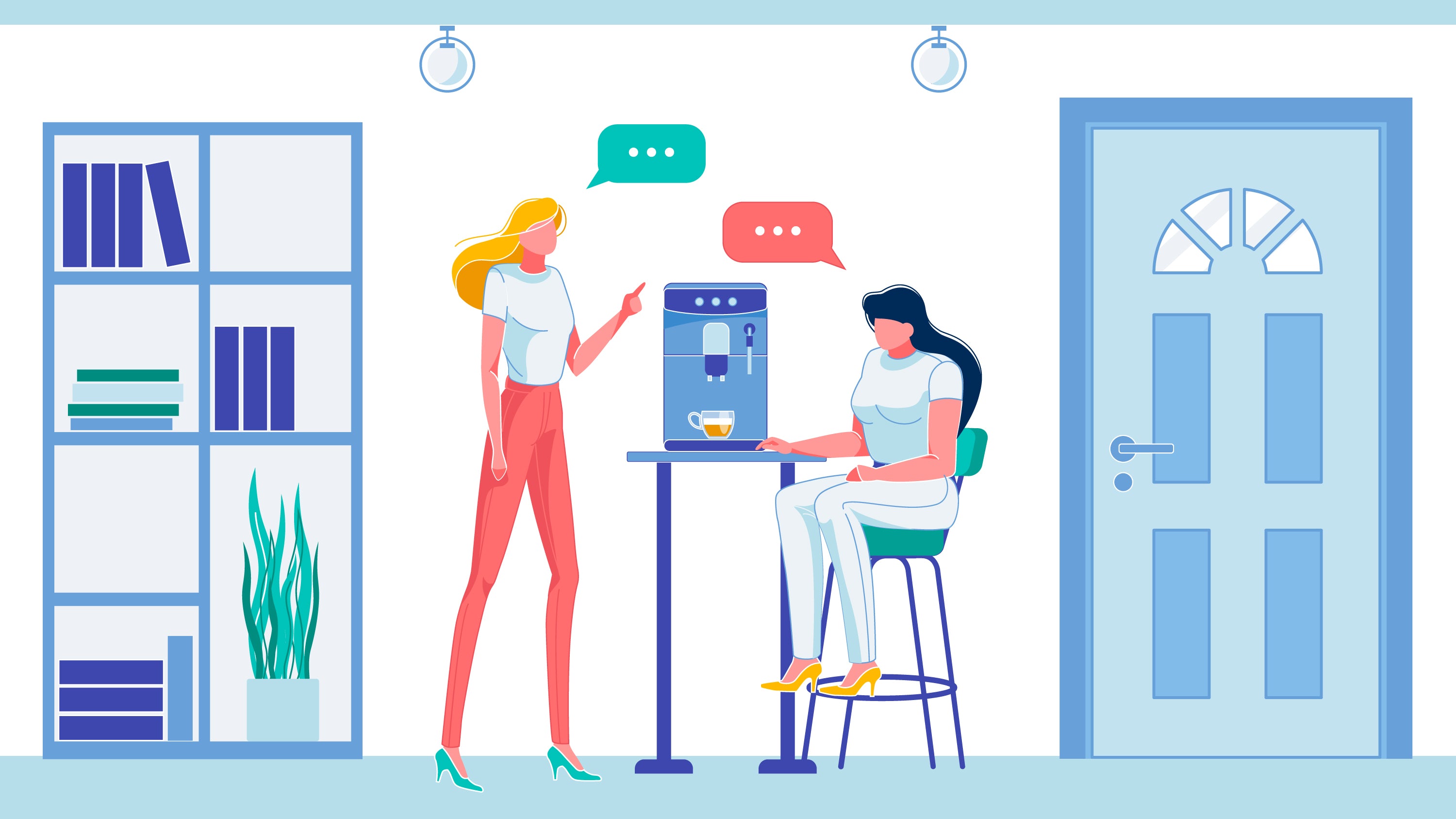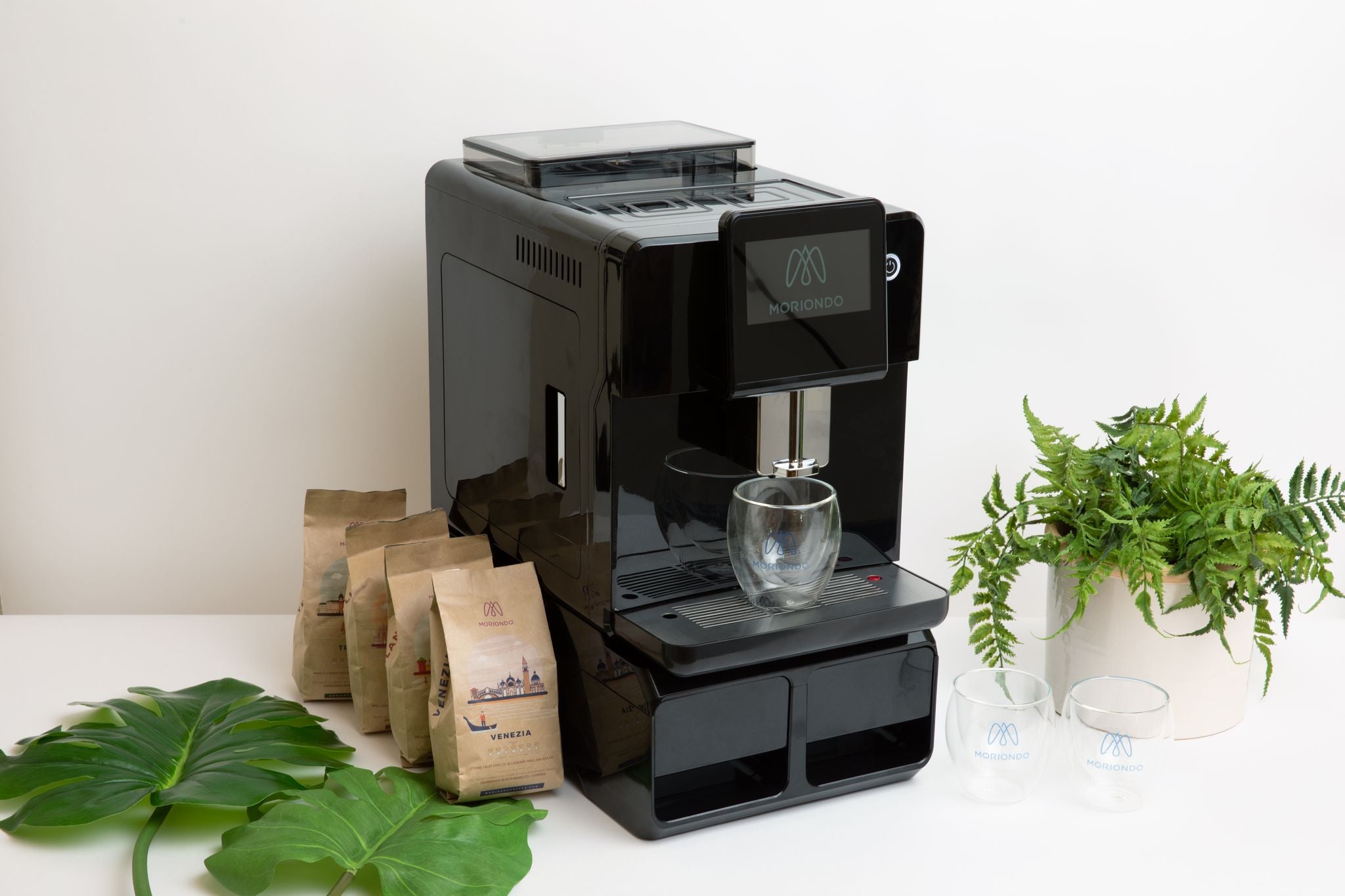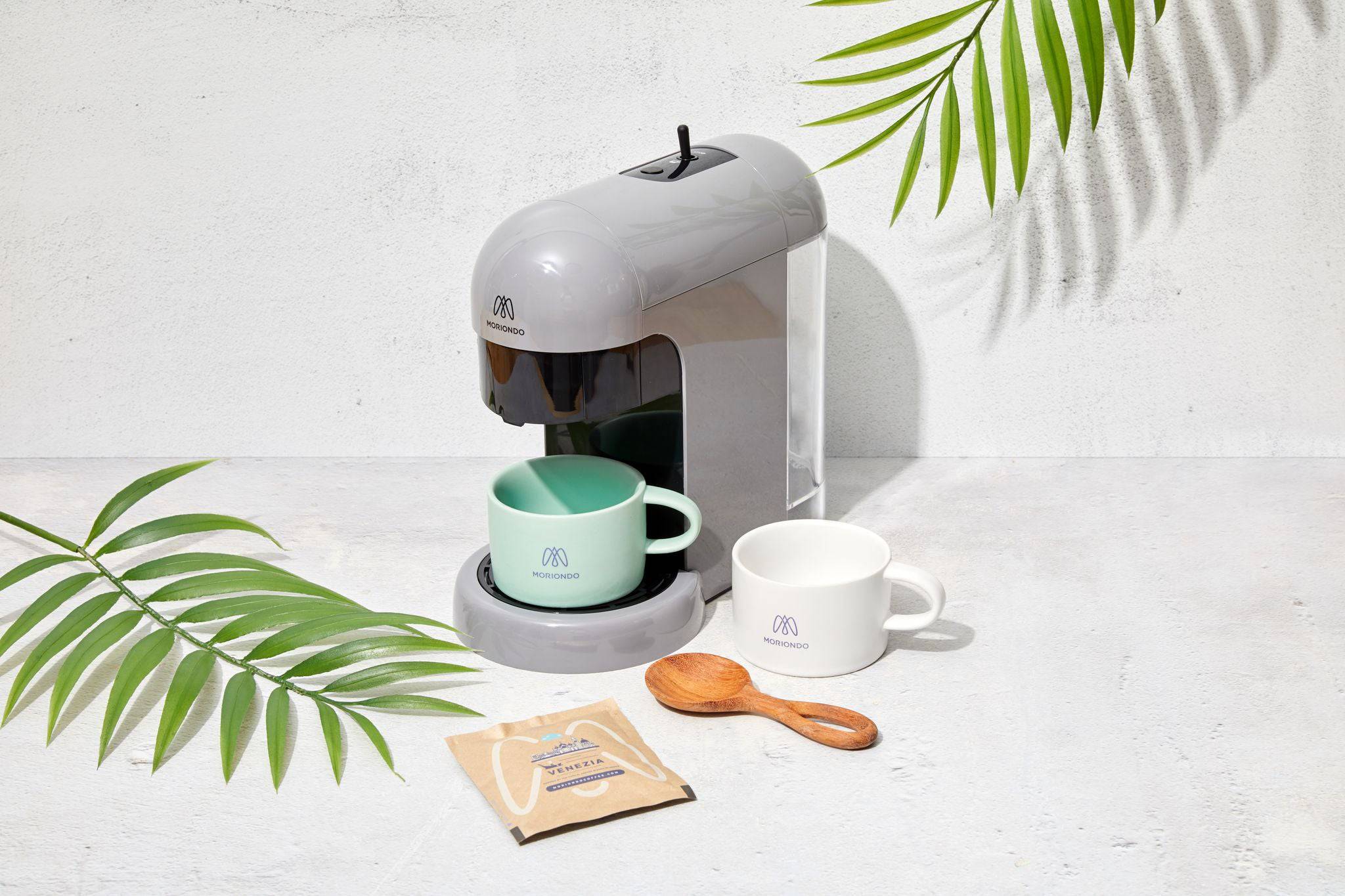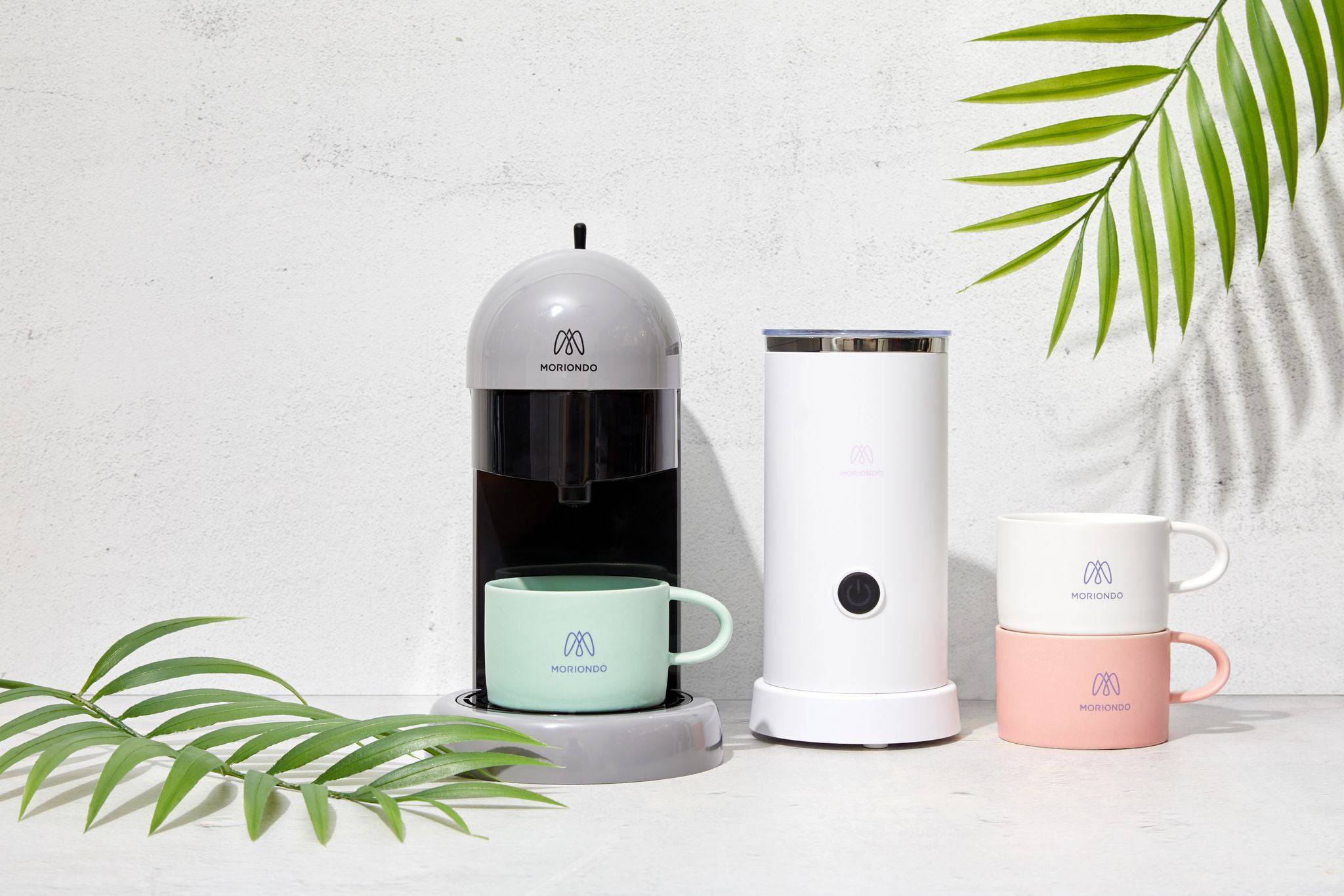10 Tips for Designing an Eco-Friendly Office Space
Are you looking for ways to reduce your company's carbon footprint and create a more sustainable workplace? Designing an eco-friendly office space not only benefits the environment, but can also boost employee morale and productivity. In this blog post, we will provide you with 10 tips on how to create an environmentally conscious workspace that will benefit both your business and the planet. From using sustainable materials in office design to implementing green cleaning practices, we have got you covered! So let's dive in and explore how you can transform your office into a more eco-friendly space.
Why Designing an Eco-Friendly Office Space is Important

Designing an eco-friendly office space is more than just a trendy buzzword. It's about taking responsibility for our impact on the environment and creating a workspace that promotes sustainability.
Designing an eco-friendly office space can have significant benefits for your business. By reducing energy consumption and waste, you can save money on utility bills and operating costs in the long run. Additionally, employees are becoming increasingly environmentally conscious and are more likely to be attracted to companies that share their values.
But it's not just about financial benefits - promoting sustainability through office design can also improve employee health and wellbeing. Incorporating natural light, biophilic design elements, and sustainable furniture into your workspace can create a healthier environment that boosts mood and productivity.
Most importantly of all, designing an eco-friendly office space contributes to addressing environmental concerns such as climate change. By making small changes in how we operate our offices, we can significantly reduce our carbon footprint while showing leadership in corporate social responsibility.
Designing an eco-friendly office space is essential for businesses looking to promote sustainability while reaping the many benefits of doing so!
Strategies for Creating an Eco-Friendly Office Environment

Creating an eco-friendly office environment is becoming increasingly important as more and more companies are recognizing the importance of sustainable practices. Here are some strategies for designing a green workplace:
1. Conduct an energy audit to evaluate your current usage and identify areas where you can conserve.
2. Reduce paper use by embracing digital documents, investing in double-sided printers, and encouraging employees to print only when necessary.
3. Use natural lighting whenever possible or invest in high-efficiency light bulbs that consume less energy.
4. Encourage employees to bring their own reusable water bottles instead of using plastic cups or bottles.
5. Consider sourcing furniture made from natural materials such as bamboo, cork, or recycled wood products.
6. Implement a recycling program that includes not just paper but also e-waste like old computers and other electronics
7. Choose environmentally friendly cleaning supplies free from harsh chemicals that can harm both people and the planet.
By following these strategies for creating an eco-friendly office space, you not only help protect our environment but also create healthier workspaces for your employees while reducing operating costs over time!
Using Sustainable Materials in Office Design

When designing an eco-friendly office space, using sustainable materials can make a significant difference in reducing your environmental impact. Opting for recycled or renewable materials like bamboo flooring and reclaimed wood furniture is not only environmentally friendly but also aesthetically pleasing.
In addition to the ecological benefits, incorporating sustainable materials into office design can also have economic advantages. These materials are highly durable and require minimal maintenance, ultimately resulting in cost savings over time.
Consider using low-VOC paint and non-toxic adhesives when renovating or decorating your office space. These products emit fewer harmful chemicals into the environment, contributing to better air quality indoors.
It's essential to conduct research before choosing any material for your office renovation project. Look for certifications such as Forest Stewardship Council (FSC) certification or Cradle-to-Cradle certification that indicate their sustainability credentials.
Incorporating sustainable materials in your office design is a smart choice that benefits both the environment and your business bottom line.
Energy-Efficient Lighting and Appliances for the Office

Lighting and appliances are two major aspects of any office space that can have a significant impact on energy usage. By incorporating energy-efficient lighting and appliances, businesses can not only reduce their carbon footprint but also save money on utility bills.
One way to achieve energy efficiency in lighting is through the use of LED bulbs. These bulbs consume less power and last longer than traditional fluorescent or incandescent lights. Additionally, smart lighting systems with occupancy sensors can automatically turn off lights when no one is in the room, further reducing energy waste.
Similarly, investing in Energy Star certified appliances such as refrigerators, printers or copiers can significantly cut down on electricity consumption while still providing high-quality performance that businesses depend upon.
For offices where natural light may be limited or inadequate for productivity needs, daylight harvesting systems using sensors to adjust artificial light levels according to available daylight can help keep an optimal balance between natural and artificial lighting.
These small changes might seem insignificant at first glance but taken together they add up quickly; ultimately contributing towards building a more sustainable workplace environment while saving costs along the way.
The Benefits of Natural Light and Biophilic Design

Natural light and biophilic design are two essential elements that can enhance the eco-friendliness of a workspace. Biophilic design is a concept that uses natural elements such as plants, water features and natural lighting to create an environment that mimics nature. Such design improves air quality, reduces stress levels, increases productivity and creativity while reducing energy consumption.
When it comes to office spaces, natural lighting can play a significant role in improving employee health and well-being. Research shows that exposure to daylight helps regulate our circadian rhythms resulting in better sleep at night which leads to improved mood during the day.
In addition, incorporating windows into office designs also provides access to views of the outdoors which has been shown to have positive effects on employees' mental health by reducing stress levels and increasing focus.
Biophilic design also includes adding greenery like indoor plants throughout the workspace. Plants not only improve air quality but they also add beauty and create a calming effect on employees which results in increased productivity.
Combining natural light with biophilic design techniques creates an eco-friendly work environment that fosters employee well-being while minimizing energy use through sustainable practices.
Office Furniture Made from Sustainable Materials

It's no secret that traditional office furniture is often made from non-renewable resources and can have a significant impact on the environment. However, with sustainable materials now readily available, it's easier than ever to furnish your workspace while minimizing your carbon footprint.
One popular option for eco-friendly office furniture is bamboo. This fast-growing grass has become increasingly popular in recent years due to its durability, affordability, and renewability. Bamboo desks and chairs are not only stylish but also environmentally responsible.
Another sustainable material commonly used in office furniture is recycled plastic. Repurposing plastic waste into functional pieces of furniture not only helps reduce landfill space but also conserves energy by eliminating the need for virgin plastics production.
For those looking for a more natural aesthetic, reclaimed wood offers an excellent choice. Reclaimed wood retains its character while preventing new trees from being cut down specifically for manufacturing purposes.
Incorporating eco-friendly office furniture options into your workspace supports sustainability efforts while creating an inviting atmosphere that promotes productivity and well-being among employees.
Encouraging Sustainable Transportation and Commuting
Encouraging sustainable transportation and commuting is not only good for the environment but also for the overall well-being of employees. Commuting can be a significant source of stress and fatigue, which can negatively impact productivity in the workplace.
One way to encourage sustainable transportation is by offering incentives for carpooling or using public transportation. Employers could provide discounts on parking passes or offer free transit passes to employees who use public transport. This not only helps reduce greenhouse gas emissions from cars but also reduces traffic congestion on highways.
Another approach that businesses could adopt would be implementing a bike-to-work program. Providing secure storage solutions such as bike racks or lockers would encourage employees to cycle, promoting physical activity and reducing carbon footprint at the same time.
Flexible work arrangements like telecommuting are another effective way of minimizing commuting-related strain while maximizing employee satisfaction with their working conditions. Allowing remote work options several days each week could significantly reduce both environmental impact and employee stress levels.
By incentivizing eco-friendly modes of transport, companies can lower their carbon footprint while improving employee morale, job satisfaction, and productivity.
Incorporating Recycling and Waste Reduction into the Office

Recycling and waste reduction should be a top priority when designing an eco-friendly office space. There are many ways to reduce the amount of waste produced in your workplace, from using digital documents to providing reusable utensils and dishes in the break room.
One effective strategy is to set up recycling bins throughout the office for paper, plastic, glass, and metal materials. Make sure that employees know which items can be recycled and where they should dispose of them.
Another way to reduce waste is by implementing a composting program for food scraps and other organic materials. This not only diverts waste from landfills but also creates nutrient-rich soil for plants or community gardens.
In addition to reducing physical waste, consider ways to minimize energy usage as well. Encourage employees to power off their electronics at night or during extended periods of non-use. Switching over to energy-efficient appliances such as printers, copiers, and refrigerators can make a significant impact on overall electricity consumption.
By incorporating recycling programs into your office design plans, you'll be setting yourself up for success in creating an eco-friendly workspace that benefits both your company's bottom line and the environment.
Implementing Green Cleaning Practices in the Office

Implementing green cleaning practices in the office is essential for promoting a healthy environment and reducing our impact on the planet. Traditional cleaning products often contain harmful chemicals that can be detrimental to both human health and the environment.
To start implementing green cleaning practices, consider switching to natural, non-toxic cleaning products. Look for products with eco-certifications or those made from plant-based ingredients. You can also make your own cleaning solutions using simple ingredients like vinegar, baking soda, and lemon juice.
When it comes to equipment and tools used for cleaning, opt for microfiber cloths instead of disposable paper towels or wipes. Microfiber cloths are reusable and durable, making them eco-friendly alternatives that save money in the long run.
Consider using steam cleaners rather than traditional chemical cleaners when tackling tough stains or dirt buildup. Steam cleaners use only water and heat to sanitize surfaces without leaving toxic residues behind.
Don't forget about waste reduction in your green cleaning efforts. Use refillable spray bottles instead of single-use ones whenever possible. Additionally, recycling old containers after they're empty will help reduce waste accumulation in landfills while supporting circular economies through recycling programs available at larger organizations or even community centers!
Conclusion and Future Sustainability Goals
Creating an eco-friendly office space is not only good for the environment, but it can also bring many benefits to your business. By using sustainable materials, energy-efficient lighting and appliances, natural light and biophilic design, sustainable transportation options, recycling and waste reduction practices, and green cleaning methods you can create a healthy work environment that will increase productivity while reducing your carbon footprint.
But this is just the beginning. As we continue to learn more about sustainability and its impact on our planet's health, it is important to set future goals for our businesses. This might include investing in renewable energy sources like solar panels or wind turbines or implementing new technology solutions that reduce paper usage even further.
There are so many opportunities to improve sustainability within our workplaces if we remain open-minded and committed to making positive changes. So let's all do our part in creating a brighter future by designing eco-friendly offices today!
Good Tasting Coffee: How to Identify Coffee Flavors

In order to appreciate the different types of coffee available, it's important to cultivate an awareness of its unique characteristics. Let's take a look at the way coffee connoisseurs judge different cups of coffee.
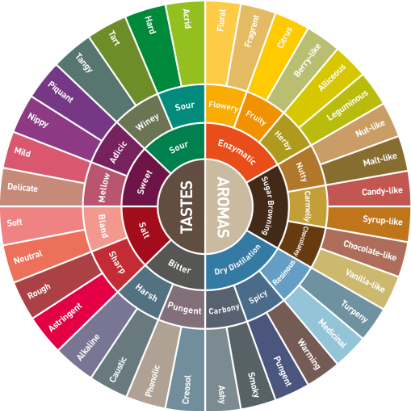
Aroma
The scent of a cup of coffee has a direct influence on how we perceive its flavor. As you drink coffee try to notice if the scent is smoky, fruity, earthy, spicy, nutty or grassy.
Acidity
One of the most defining characteristics of a cup of coffee is its acidity. This is the sharp, bright tangy quality of coffee that perks up our senses. Coffee doesn’t necessarily contain just one type of acid, either. It may contain citric acid, malic acid (fruity in flavor) or even quinic acid from stale coffee, which gives us stomach aches.
Body
This is the weight, thickness and texture of coffee in your mouth. The body of different types of coffee falls on a spectrum of light- to full-bodied viscosity (thin to thick).
Flavor
This is where comparisons come in handy and there is some overlap between aroma and flavor. Your coffee might taste bitter, sweet, savory or sour with common comparisons to chocolate, wine or fruit.
Related Posts

